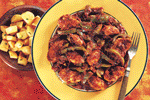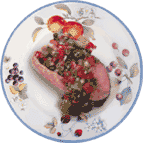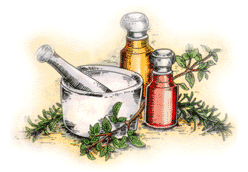|
- Tamarind
- "Imli" in Urdu -
is a large tropical seed pod with very tangy pulp that is eaten fresh or cooked with rice and fish or preserved for curries and chutneys.
- Taro
- "Arvi" in Urdu -
also known as "Dasheen" or "Colocasia", is a tropical plant grown primarily as a root vegetable for its edible corm, and secondarily as a leaf vegetable. It is considered a staple in Oceanic cultures. It is believed to have been one of the earliest cultivated plants.
- Taro Leaves
- "Arvi Ke Pattay" in Urdu -
also known as "Dasheen Leaves" or "Colocasia Leaves", are the leaves of the Taro Vegetable and are used as Greens. They are often cooked along with the vegetable when prepared Pakistani style.
- Tomato
- "Tammatar" in Urdu -
is a mildly acid red or yellow pulpy fruit eaten as a vegetable. It is an important source for Pakistani, Indian, and other types of cooking.
- Trotter
- "Paaya" in Urdu -
is the foot of an animal. Cow, sheep, and goat or mutton trotters are traditionally prepared with Pakistani Spices and served as a main course or breakfast dish.
- Turmeric Powder
- "Pisi Haldi" in Urdu -
is the main ingredient in curry powder. This spice has been around since the 1900s originating from India. Turmeric has been known throughout the world as a seasoning to make foods taste very good. Today turmeric is being used all over the world as a seasoning and a health product.
- Turmeric Root
- "Haldi" in Urdu -
is an underground stem of a ginger-like plant. It is grown in India, China, Sri Lanka, Taiwan, Java, Peru, Australia and the West Indies. It is a bright yellow spice with a pungent flavor.
- Turnip
- "Shaljam" in Urdu -
is a root vegetable commonly grown in temperate climates worldwide for its white, bulbous taproot. Small, tender varieties are grown for human consumption, while larger varieties are grown as feed for livestock.
|


























|































































